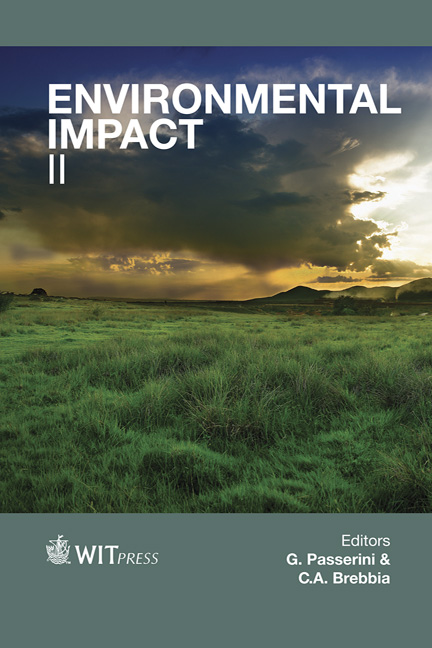Vegetable Cowpea As A Source Of Cheap Protein And An Environmentally Friendly Crop For Urban Cities
Price
Free (open access)
Transaction
Volume
181
Pages
12
Page Range
301 - 312
Published
2014
Size
872 kb
Paper DOI
10.2495/EID140261
Copyright
WIT Press
Author(s)
B. Aliyu & E. Wachap
Abstract
The world population is expected to grow from 5.7 billion in 1994 to 9.4 billion in 2050. More than half of the world’s population (currently 7 billion) will be living in urban areas by the year 2015. This phenomenal increase in the global population and its attendant urbanization exerts extreme pressures on the earth systems through human activities, which now cause significant negative effects on the global cycles and systems. Urban gardening trends and some aspects of urban and peri-urban agriculture have been shown to be sustainable with a yield potential of up to 50 kg of fresh produce per square meter per year. However, the rate by which land is lost to urbanization, erosion, deforestation and desertification, especially in developing countries, calls for sophisticated, diverse and efficient production systems, which produce not only high yields and profit on an environmentally sustainable basis, but also produce foods that are nutritious enough to meet global food security indices. Vegetable cowpea, Vigna unguiculata, cultigroup Sesquipedalis is a vegetable cowpea par excellence, producing long succulent and green edible pods that are up to 0.7 m long, fresh edible pods of up to 4.1 tons per hectare and, above all, matures early, producing edible pods within 34 days of planting. It also performs excellently across varying agro-ecological zones from humid tropics to the dry savannah, making it a potentially global vegetable. The adoption of this vegetable variety in urban gardening (house hold gardens, roof tops, balconies, alley ways, road sides, etc.) and its incorporation as part of the design and planning initiatives for sustainable modern urban cities will guarantee an uninterrupted protein source to urban and
Keywords
urban cities, environment, climate change, planning, sustainable, vegetable cowpea, protein, food security, production





